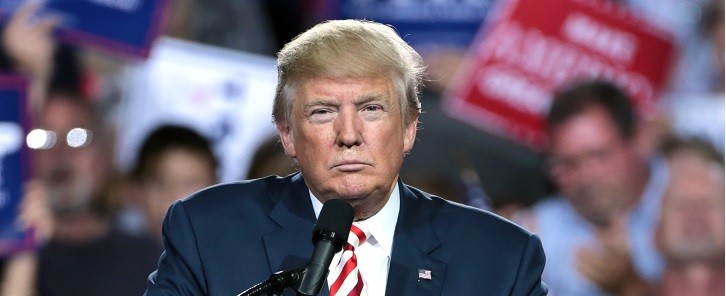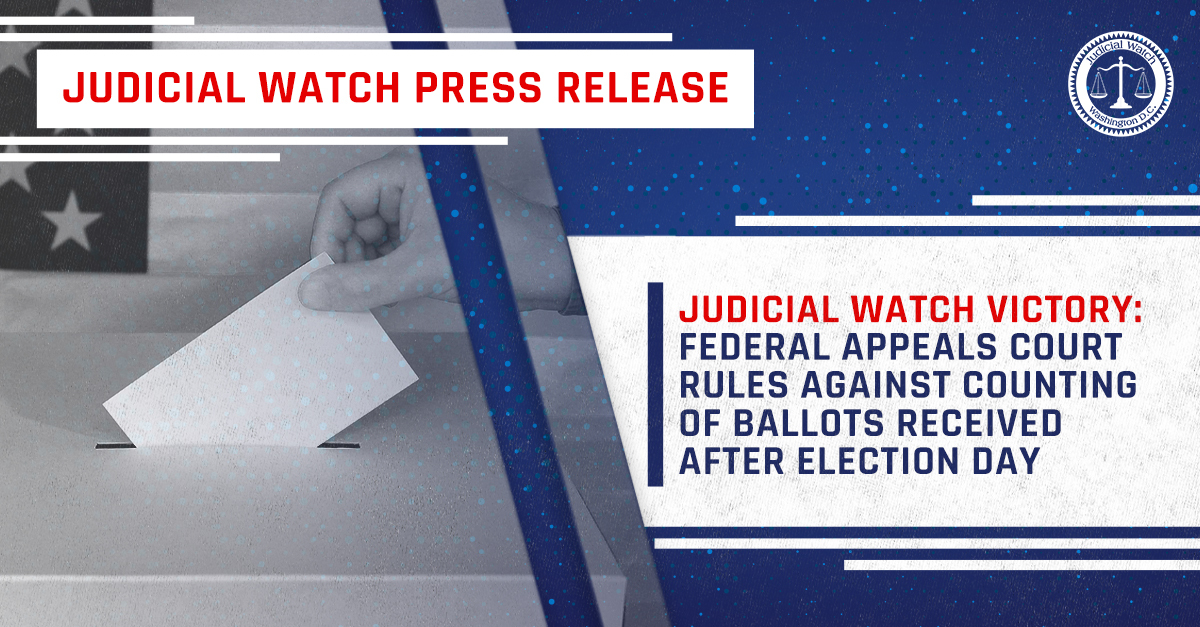

Why Trump Had a Right to Keep the Documents


From WSJ:
The implications of the “Clinton Sock Drawer” case, laid out in my op-ed “Clinton’s Sock Drawer and Trump’s Boxes” (June 14), shouldn’t be derided. The Constitution and the Presidential Records Act aren’t as simple as former Attorney General Bill Barr and letter writer James Wendel (June 20) think.
Not every record created by a federal agency is an “agency record.” As then-Judge Merrick Garland and two of his colleagues on the D.C. Circuit concluded in 2013 (in another Judicial Watch case, concerning White House visitor logs maintained by the Secret Service), records created by an agency for the president and intended to be controlled by the president aren’t agency records. Why not? Separation of powers. As Judge Garland explained, if records requested and intended to be controlled by the president were agency records, “a potentially serious congressional intrusion into the conduct of the President’s daily operations” would exist.
The recent indictment implies that Donald Trump received the 31 records when he was president and that he intended to control them because he placed them in boxes, retaining them. At this point, only the government knows whether those records were created for President Trump. But that fact probably doesn’t matter. Another D.C. Circuit panel in 1993 explained that the purpose of the “agency record” exception in the Presidential Records Act was to prevent a president from defining “presidential records” as “all records produced or received by, or in the possession or under the control of, any government agency or employee of the United States.”
Read more here…















